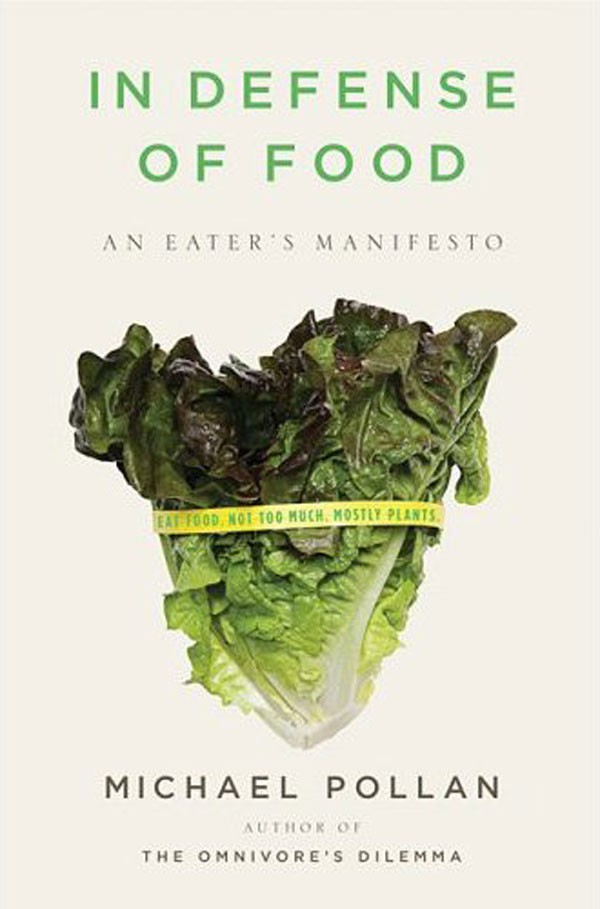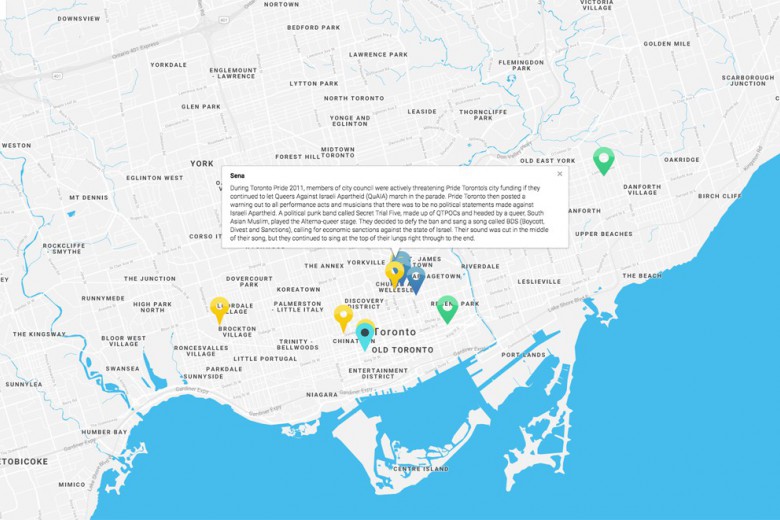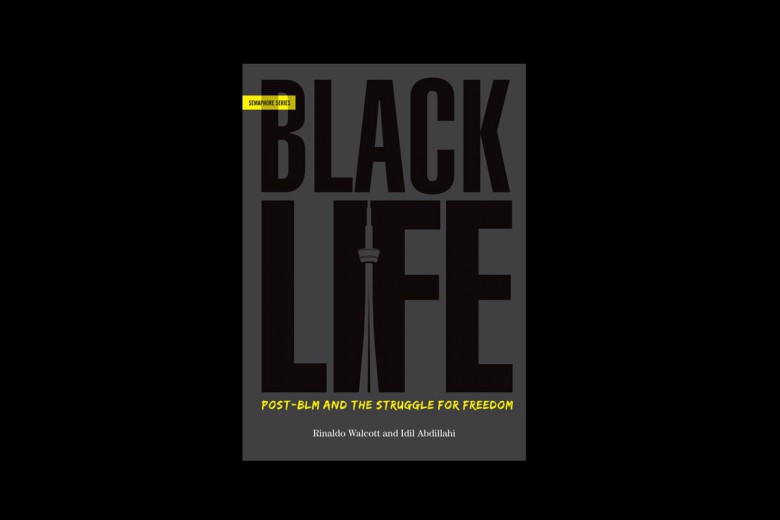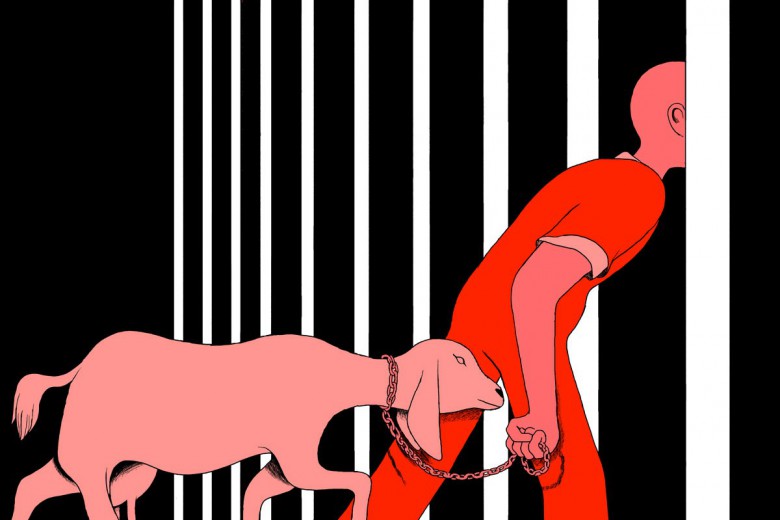
In Defense of Food: An Eater’s Manifesto
By Michael Pollan
Penguin, 2008
The End of Food
By Paul Roberts
Houghton Mifflin, 2008.
The No-Nonsense Guide to World Food
By Wayne Roberts
Between the Lines Press, 2008.
Reading these three books was a humbling experience: Michael Pollan’s for his ability to bundle big ideas into digestible bites that would be easily remembered at the grocery store; Paul Roberts’ for his exacting detail about how nearly everything about the food system has gone so terribly wrong; and Wayne Roberts’ for the exciting thinking behind his policy suggestions on how to reorganize the food system.
In his best-selling In Defense of Food, Michael Pollan places eaters and our choices squarely at the centre of his investigation, offering principles to guide the myriad of food decisions we make every day. His manifesto is summarized on the book’s cover: “eat food, not too much, mostly plants.” Inside, he explains what he means by “food,” why you may find it difficult to avoid eating “too much” and why “mostly plants” is the way to go.
Pollan’s villain is “nutritionism:” a reductionist ideology that espouses that “foods are essentially the sum of their nutrient parts” and that “the whole point of eating is to maintain and promote bodily health.” Charged with steering us away from food and toward micronutrients and diet fads, nutritionism’s cheerleaders are depicted as hubristic rather than malicious. Pollan argues that, at best, nutritionism has spawned utter confusion and, at worst, yet another mechanism for the food industry to grab our cash, selling us souped-up and (in the case of hydrogenated vegetable oil) dangerous products sporting the latest hyphenated health fad: low-fat, high-fibre, low-carb. Nutritionism, Pollan charges, encourages us to lose sight of the carrot for its nutrients. Indeed, the celebrated organic compound beta carotene, isolated into supplements and promoted as a cancer-preventing agent, was later discovered to be a likely carcinogen when removed from the rest of the carrot. “Big oops” as Pollan puts it.
Pollan argues that we are largely ignorant of how food interacts with our bodies, rendering our profit-driven tinkering with food to improve its nutrition a risky business. Guided by evidence that the world’s food cultures, which evolved over millennia, are at least as nutritionally sound as anything developed in a laboratory and far more thoroughly tested, he prescribes caution, advising, among other tenets of the manifesto: don’t eat anything your great-grandmother wouldn’t recognize as food, avoid food products that carry health claims and stay away from products with more than five ingredients.
Paul Roberts’ at times clinical attention to detail in The End of Food gives the impression that his research so shocked him that he sought refuge in the details to stave off the horror. More than once I caught myself holding the book at arm’s length in morbid fascination, eyes wide open, jaw dropped. His nitty-gritty thoroughness has made me realize that much of what I thought I knew about food was woefully incomplete. To wit: some years ago, I began to notice excess water and crumbly texture in chicken breast meat when cooking it. Shortly after, I read that chicken producers were pumping breast meat with salt and water to make it weigh (and thus cost) more. But according to Paul Roberts, that is only part of the story. It turns out that industrial chicken producers, whose product I try to avoid, encountered a problem when rearing birds to grow extremely fast on a diet of grain and antibiotics. Unable to stand at five weeks because of their bulk, these chickens are slaughtered before maturity, when growth rates level off. Such birds are bred to grow very large breasts: the better to supply the American market with its favoured white meat. When a healthy chicken is killed, Roberts explains, the body releases cellular waste material – lactic acid – which causes the chicken to perform one last convulsive dance. With these top-heavy adolescents, however, the lactic acid release is much greater, causing the meat to become pale, lose its ability to retain moisture, and “to become so soft that it crumbles when cooked.” To remedy PSE (“pale, soft, exudative meat”), chicken producers inject it with water, salts and phosphates, the side-effect of which is weight gain, an epiphenomenal bonus.
In his epilogue, Paul Roberts paints several disaster scenarios about how food as we know it may end, among them a pandemic of avian flu. He writes that even without a catalyst the food system may well be headed for collapse, noting that already we are growing fatter and hungrier, depleting the soil, drawing down water supplies, using more and more fertilizers and pesticides and losing more forests to farmland. He doubts governments will voluntarily fix these problems before they reach crisis levels, but he does hold out hope that a small but significant crisis could ignite public outcry, forcing the government to abandon the status quo and act. One significant move he advocates would be to restore local and regional supply chains for urban centres, since, at present, American cities draw on average only five per cent of their food from nearby.
Toronto Food Policy Council coordinator Wayne Roberts wrote his book, the latest in Between the Lines and New Internationalist’s No-Nonsense series, for the “young people … flooding into the food movement,” but it makes a great introduction for any food activist. A veteran food activist himself, Roberts holds his readers’ interest with his own fusion of analysis and anecdotes, spicing his prose with neologisms, as when he talks about the “farmie food” (food rejected by retailers because it’s “cosmetically challenged,” not the right size or shape, but otherwise delicious and nutritious) that he and his family enjoy on their working farm holidays. Twenty per cent of all produce qualifies as farmie food and never makes it past farm gates.
Like Paul Roberts, Wayne Roberts advocates an overhaul of the current food system but he also details success stories to dispel the notion that “meaningful food improvements are as difficult as the powers-that-be make them look.” He contrasts what he calls the dominant “Modernist” food system (later versions: McModernist and Walmodernist), distinguished by “technological triumphalism,” with the emerging world food system, which he labels “Fusion,” “diverse and eclectic” – food systems that treat food as a public good rather than a commodity for profit.
Among the Fusion stories he details is that of 2008 MacArthur Foundation Fellow Will Allen, who, with his group Growing Power, has transformed three acres of city land in Milwaukee into an extraordinary self-sufficient urban farm producing fresh food for 1,000 low-income local residents. In addition to working his farm, Allen trains others in his techniques and is convinced that one can earn a farm income from a single acre of land.
Although Wayne Roberts supports what he calls consumer “buycotts” – “a deliberate favouring of one product [and] a refusal to buy certain products” – he nevertheless remains adamant that real reform requires a new vision from government. He details intriguing policy suggestions: raising fish that simultaneously clean water supplies, as is done in Calcutta; paying farmers for their work in combating climate change; and mandating urban agriculture initiatives, to name a few.
Each of these books offers an engagingly written indictment of the food industry for its skulduggery, ineptitude and bad management. Old news, perhaps. What’s new is the scope of analysis, the wealth of prescriptions and the urgency of the voices now calling for change. Taken together, they represent a cornucopia of information and ideas for anyone interested in food.






